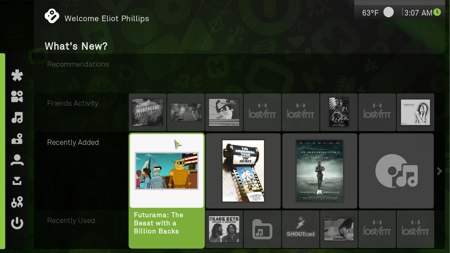
Today, a Los Angeles jury acquitted [Lori Drew] of three felony computer hacking charges. She was convicted of three misdemeanor counts for accessing a computer without authorization. The 49-year-old Missouri resident posed as a teenage boy on MySpace and harassed her daughter’s estranged friend [Megan Meier], who then committed suicide. The case came to our attention in May because of it’s unorthodox use of the federal Computer Fraud and Abuse Act. Prosecutors charged that by violating MySpace’s Terms of Service, [Drew] had gained unlawful access to their computers for the purpose of harming others, an equivalent to computer hacking. While an interesting approach to cyberbullying, it would set a very dangerous precedent for anyone that had violated a TOS before (all of us). The case broke when [Drew]’s employee [Ashley Grills] testified that no one involved had read the TOS, that the hoax was all her idea, and that she sent the final message to [Meier].

















